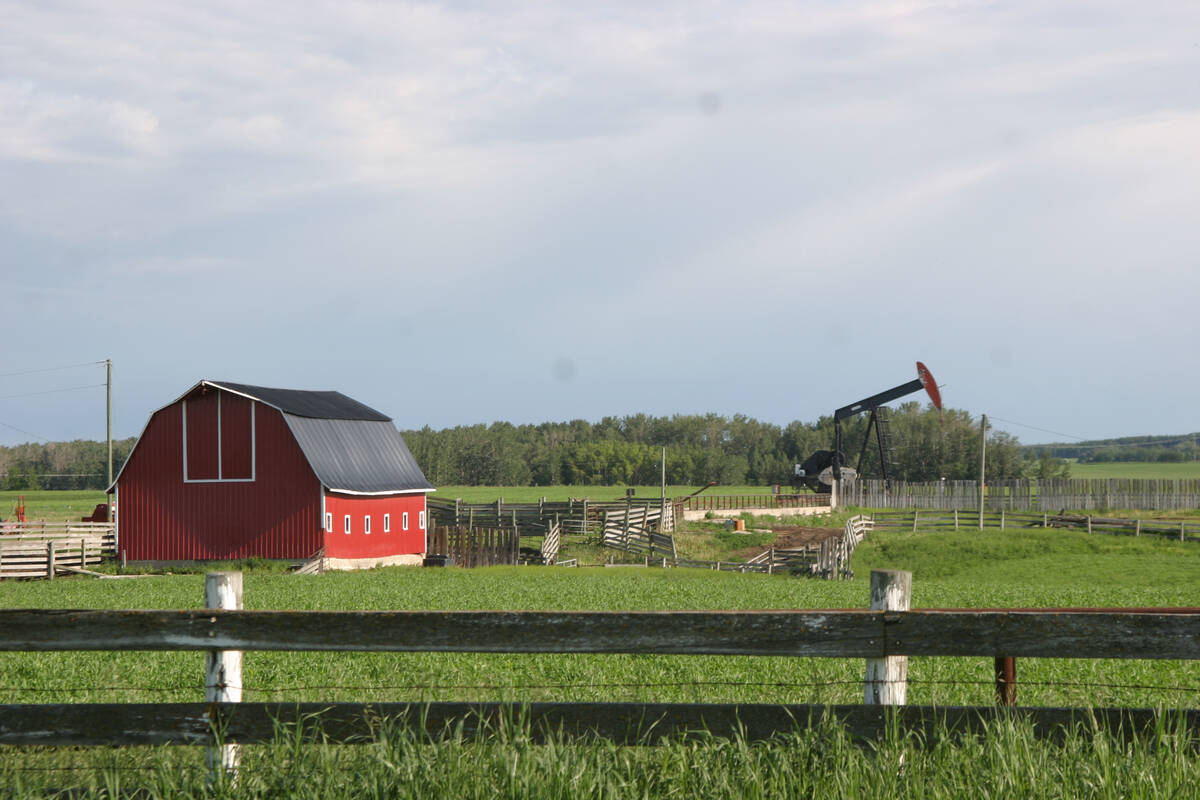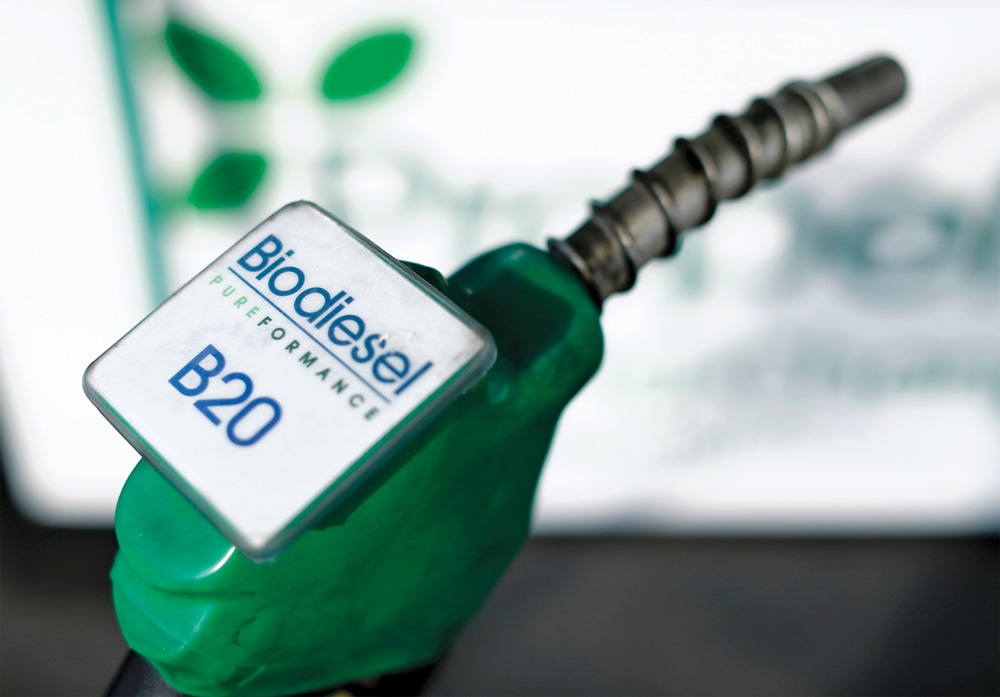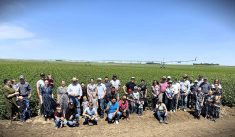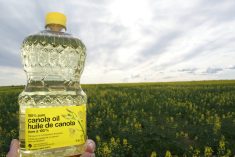The renewable diesel math does not add up, according to one economist.
Excitement around biofuels has been high in both Canada and the U.S., with organizations like the Canola Council of Canada flagging the fledgling market as a potential major driver of demand in coming years.
Biofuels “seem to be taking the front-and-centre space for the oilseed sector, at least in Western Canada,” the council’s vice-president of crop production and innovation, Curtis Rempel, said in early November during an event at Winnipeg’s Richardson Centre for Food Technology and Research.
Read Also

Recommendations in the mature assets strategy could cause potential problems for landholders
The Western Stock Growers’ Association urges producers to pay attention to the potential changes to Alberta’s Mature Assets Strategy.
The same event saw Rempel expound on the council’s research priorities to develop Canadian canola for the biofuel market, including improvements to processing technology. He also linked the emerging market with the council’s continuing quest to improve yields.
Canadian oilseed sectors have been monitoring the U.S. conversation about renewable fuel standards and sustainable aviation fuel, anticipating that it might be their next big market.
They might be getting ahead of themselves, based on information presented at a late-2023 Farm Assets Conference.
The U.S. Environmental Protection Agency issued a final rule in June 2023 establishing a mandate for four to 4.5 billion gallons of renewable diesel and biodiesel by 2025. In the meantime, the U.S. biofuel industry has announced plans for six billion gallons of capacity by 2025 and 7.4 billion gallons in the years that follow.
“Something has got to give,” said Scott Irwin, agricultural economist at the University of Illinois and one of the conference’s speakers.
Either some of those renewable diesel plants will not get built, or they will operate well below capacity, or existing biodiesel plants will be driven out of business.
“Trust me, I have had some interesting conversations with investment bankers who have been putting money into this sector,” he said. “Some of them get very heated when I make my argument.”
They refuse to believe the math, he said, but they have no counter argument.
Irwin thinks the investors fail to comprehend that the EPA’s renewable volume obligations (RVOs) created both a minimum and a maximum mandate for the fuel.
That is because there is a “yawning gap” between biodiesel and conventional diesel prices. Biodiesel sells at a premium that averages between US$1.50 and $2 per gallon. That gap has recently been as high as $5 per gallon.
“This stuff is expensive to make,” he said.
Market forces
Irwin argues that biodiesel and renewable diesel are simply uncompetitive fuels if regular market forces are at work. It is a market solely driven by government policy, and that policy is dictating no more than four to 4.5 billion gallons of annual demand by 2025.
“That is what all the investment bankers missed,” said Irwin.
The only other plausible explanation, according to the economist, is that oil companies that are building these massive renewable diesel plants are content incurring huge losses until the EPA unveils the next round of RVOs for 2026 and beyond, in the hopes that new mandates will better match the capacity under construction.
That is a huge gamble for a company like Phillips 66, which is building a US$1.25 billion plant in Rodeo, California, that will be capable of producing 800 million gallons per year when it opens in the first quarter of 2024.
Farm impacts
The fate of the renewable diesel industry has big ramifications for soybeans and other feedstocks like canola. U.S. soybean crush alone is set to expand by one-third in response to the announced renewable diesel capacity.
Critics who say Irwin is being overly bearish on renewable diesel’s outlook argue that, even if production capacity doesn’t reach its potential, they can rely on sustainable aviation fuel (SAF) demand to make up the difference.
Irwin believes SAF is the true future for the biofuel sector and will ultimately be the driver of grain and oilseed prices. But it is in its infancy.
“We have hardly even gotten to the starting line,” he said. “It is not going to be a large impact on our agricultural markets certainly for five years and it may take 10 years.”
Farmers and farm sectors that pin their hopes on biofuel got good news Dec. 15, when the U.S. Department of Treasury announced that it will use an updated model of the U.S. Department of Energy’s Greenhouse Gases, Regulated Emissions and Energy Use in Transportation (GREET) model to calculate SAF tax credits. That ensures crop-based SAF will be eligible to claim the credit, which ranges from US$1.25 to $1.75 per gallon.
“With this guidance supporting soy and other plant-based feedstocks going into sustainable aviation fuel, the sky truly is the limit for soy,” Josh Gackle, president of the American Soybean Association, said in a press release.
– With files from Don Norman.
















